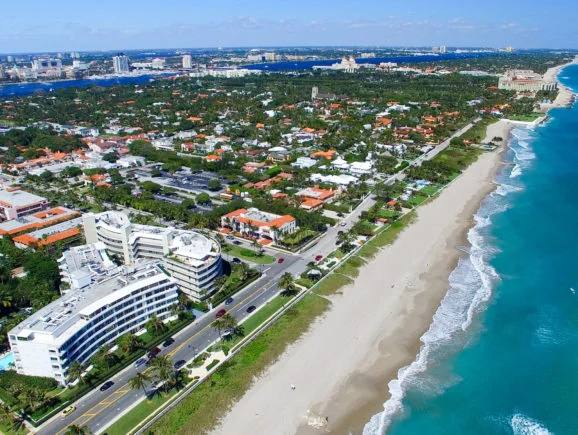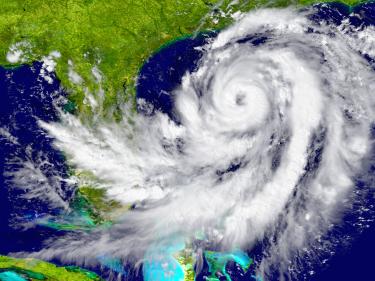Craig Wells Discusses Climate Resilience in PE Magazine
 Craig Wells, Client Services Leader in Freese and Nichols’ new Tampa office, discusses climate resilience efforts in Florida in the March/April issue of PE magazine, flagship publication of the National Society of Professional Engineers.
Craig Wells, Client Services Leader in Freese and Nichols’ new Tampa office, discusses climate resilience efforts in Florida in the March/April issue of PE magazine, flagship publication of the National Society of Professional Engineers.
The article, “Harsh Realities Drive Adaptation,” examines the role and responsibility of professional engineers in helping communities plan for the impacts of climate change.
Wells has worked in Florida for 15 years and performed resilience evaluations for more than 20 water and wastewater facilities in the state. He serves on the American Water Works Association’s National Committee for Emergency Preparedness and is an affiliate of the Florida Climate Institute.
Here are some of his insights:
- “For every dollar spent on resilience measures, a locality or utility can save on average $36 to over $100 in recovery expenses.”
- “No matter what you think is or isn’t happening with climate change, if you design these measures into the project upfront, a lot of that cost is incidental to the overall cost of the project.”
- “As a professional engineer, you’ve got to make your client aware of the possible range of projected impacts and let them make the decision as to what actions should be pursued to become climate resilient. If climate vulnerability isn’t assessed, the client isn’t being supplied with basic information that really must be incorporated in the facility’s basis of design.”
Read more: “Harsh Realities Drive Adaptation” in PE magazine, NSPE’s flagship publication.




